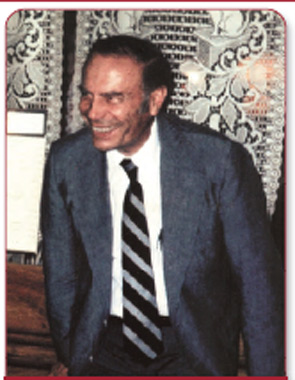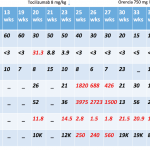In the mid-1960s, a young physician at Rockefeller University in New York City was caring for a young girl with the debilitating autoimmune disorder systemic lupus erythematosus (SLE), as had other rheumatology colleagues before him. As a research fellow, he was also putting in long hours performing experiments using her sera to detect precipitating antibodies against cellular and tissue antigens. Using the Ouchterlony agar diffusion method, he and his mentor, Henry Kunkel, MD, observed that a certain number of SLE sera produced precipitin bands with soluble tissue extracts that could not be explained on the basis of their DNA or nucleoprotein content.1
The physician, Eng M. Tan, MD, had landed on a discovery that would revolutionize the diagnosis of lupus. Further investigations using the antibodies to the Sm antigen (named in honor of the patient, Stephanie Smith) would yield not only new diagnostic markers for lupus but also novel research directions and ideas for the field of molecular biology. And that was just the start of an illustrious and productive career.
“Dr. Tan has contributed more than anybody else in the world to the study and diagnostic usefulness of antibodies to nuclear antigens in the rheumatic diseases,” says Mart Mannik, MD, who crossed paths with Dr. Tan in Dr. Kunkel’s laboratory in 1962. Dr. Tan’s discovery of the specificity of these antinuclear antibodies in SLE, scleroderma, and drug-induced lupus opened up a huge field that has benefitted from his discoveries, said Dr. Mannik, who is now professor emeritus in the division of rheumatology at the University of Washington in Seattle, where he steered the division for 34 years.
George C. Tsokos, MD, chief of rheumatology at Beth Israel Deaconess Medical Center in Boston, published a tribute to the 1966 paper in the Journal of Immunology.2 “If Eng Tan didn’t exist, the field [of immunology] would have stayed behind,” he says.
Edward K.L. Chan, PhD, professor of oral biology, anatomy, and cell biology, and UF Research Foundation Professor at the University of Florida Health Science Center in Gainesville, puts it this way: “I think it is fair to say that Eng Tan has stimulated research by showing how autoantibodies can be important tools in molecular and cell biology to understand cellular functions. Many basic scientists have benefitted directly and indirectly from his work.”
Throughout his career, Dr. Tan has also contributed to the world of science, nurturing young investigators; advancing basic science and advocating for its translational applications; and serving his professional scientific organizations with a measured and logical intelligence.
Research a Constant Interest

It was his grandmother, says Dr. Tan, who initially steered him in the direction of medicine. She was a nurse midwife who trained at a U.S. Missionary Hospital in China and later emigrated to Malaysia, where she maintained a successful practice, delivering three generations of babies. “From the time I was very young,” Dr. Tan recalls, “she suggested that I become a doctor. And you know, when you are young, you are very susceptible to suggestions from your elders!”


